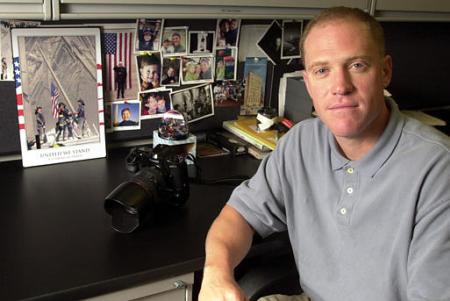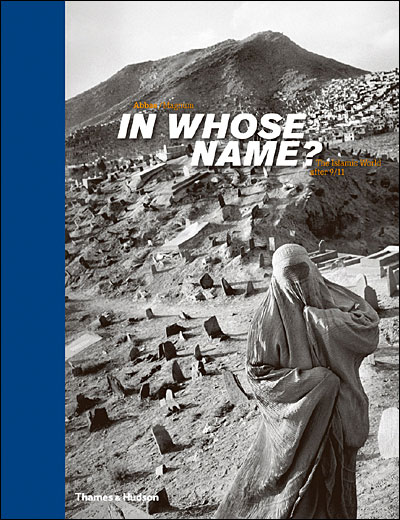 was born to a wealthy Jewish family in Switzerland. Though Frank and his family remained safe in Switzerland during World War II, the threat of Nazism nonetheless affected his understanding of oppression. He turned to photography as a means to escape the confines of his business-oriented family and home, and trained under a few photographers and graphic designers before he created his first hand-made book of photographs, 40 Fotos, in 1946.
was born to a wealthy Jewish family in Switzerland. Though Frank and his family remained safe in Switzerland during World War II, the threat of Nazism nonetheless affected his understanding of oppression. He turned to photography as a means to escape the confines of his business-oriented family and home, and trained under a few photographers and graphic designers before he created his first hand-made book of photographs, 40 Fotos, in 1946.  group show 51 American Photographers at the Museum of Modern Art (MoMA); he also married fellow artist, Mary Lockspeiser, with whom he had two children, Andrea and Pablo.
group show 51 American Photographers at the Museum of Modern Art (MoMA); he also married fellow artist, Mary Lockspeiser, with whom he had two children, Andrea and Pablo.Though he was initially optimistic about United States society and culture, Frank's perspective quickly changed as he confronted the fast pace of American life and what he saw as an overemphasis on money. He saw America as an often bleak and lonely place, a perspective that became evident in his later photography. Frank's own dissatisfaction with the control that editors exercised over his work tainted his experience.
His experiences in America lead him to create The Americans. The book was highly influential in post-war American photography. First published in France in 1958, and the following year in the United States, the photographs are notable for their distanced view of both high and low American society. The book as a whole created a complicated portrait of the period that was viewed as skeptical of contemporary values.Opinion
Frank's photographs have a clear contrast to those of most contemporary American photographers and photojournalists. His use of unusual focus, low lighting and cropping deviate severly from accepted photographic techniques. His works transcend the making of a great exposure and fall into the realm of artistic intent.
Frank's images speak in ways they normally could not had he made a perfect print. A perfect print would obviously not been right for the age from his perspective. The world was messed up, uneaqual. America was not representing the image it was trying to cast forth onto other coutries and Frank yearned to expose the truth about America and its culture.










.jpg)
